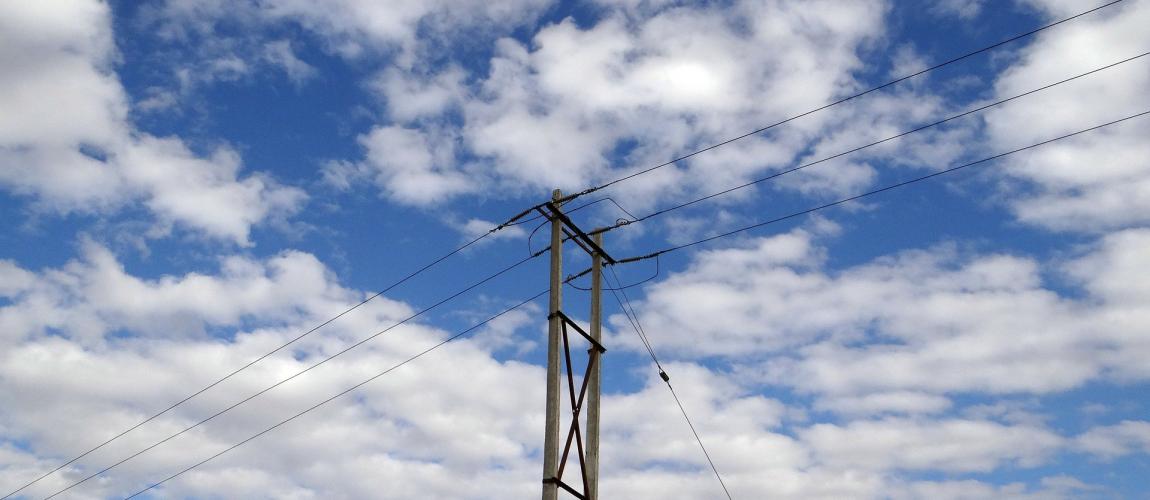Connection to Grid / Power Pooling Arrangements

Photo Credit: Image by Bishnu Sarangi from Pixabay
Public private partnerships in power require also an Interconnection, Grid Connection of Power Pooling Agreement. This kind of contracts outline the responsibilities and fees for connecting the power generated by an independent power producer to the owner of grid system, generally a public entity. Please see below for sample connection agreements: Australia Generator Connection Agreement published by Transgrid (a transmission service provider in New South Wales, Australia) on its website. The agreement sets out the terms on which Transgrid provides transmission services to generator customers (including renewable power generators) on its transmission network. The electricity transmission and distribution networks in Australia are owned and operated by private players, who provide services on their networks under negotiated private contracts. The Australian National Electricity Rules set out a framework to regulate how private network service providers can negotiate and contract with their customers to provide them with network services (including how they can charge tariffs for the network services they provide). Because these contracts are intended to be negotiated between private parties (albeit in a regulated environment), it may not be appropriate for adoption in economies where the transmission and distribution networks are state-owned. United Kingdom Model Bilateral Connection Agreement that is used by the UK National Grid Company (NGC) for customers who wish to connect to its transmission system. This model agreement makes a reference to the so-called Connection and Use of System Code (CUSC), that NGC has developed and submitted to the UK regulator (OFGEM) for approval. The CUSC is a complex document and so may not be appropriate for adaptation to developing economies without extensive amendment. However, NGC has, helpfully, prepared a brief Summary of the CUSC.
Updated: September 7, 2021
Related Content
Energy Laws and Regulations
Energy Licenses and Licensing Procedures
Energy Agreements
Rural Electrification Funds: Sample Operational Documents and Resources
Climate-Smart PPPs
Theft / Non-Technical Losses (Water and Electricity)
Energy & Power PPP Toolkits
Gender & Energy Projects
Further Reading on Energy and Power PPPs